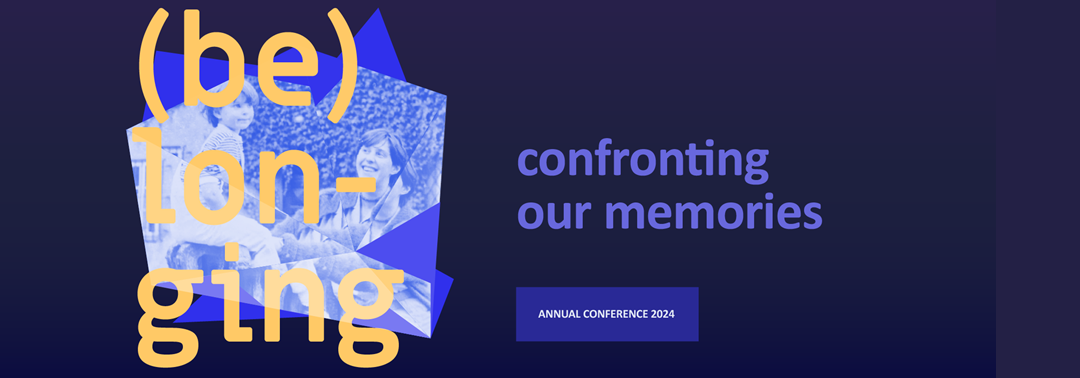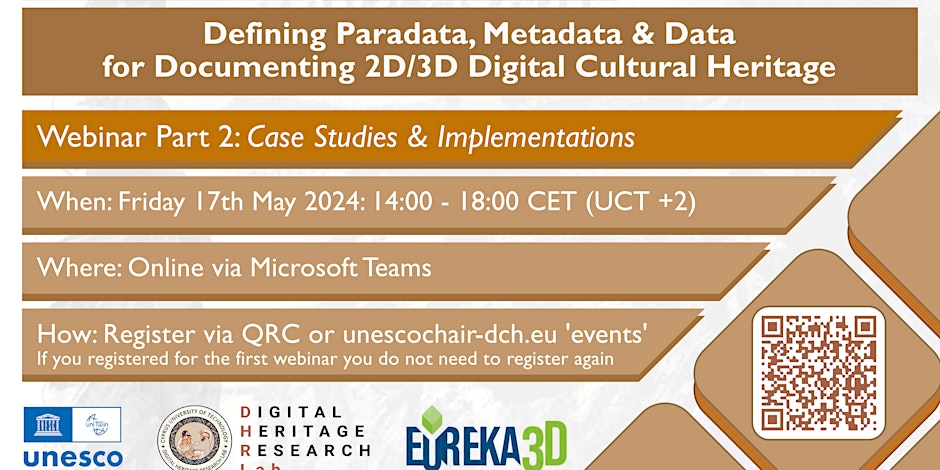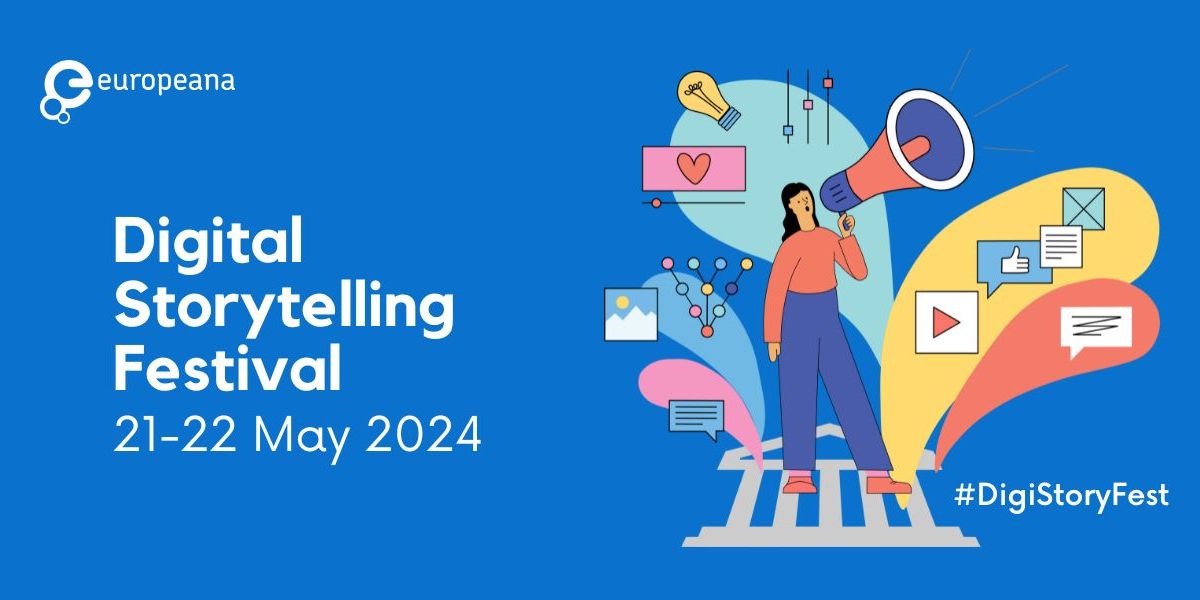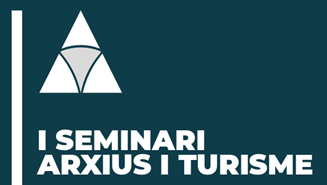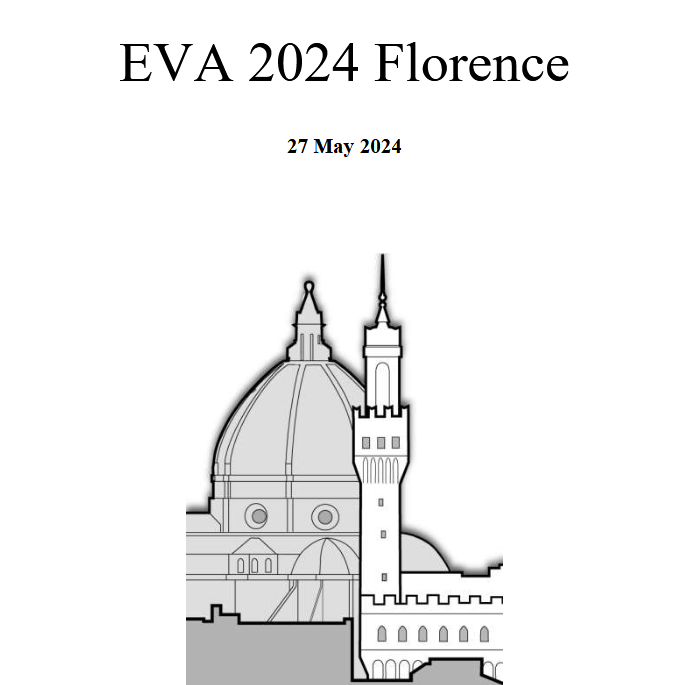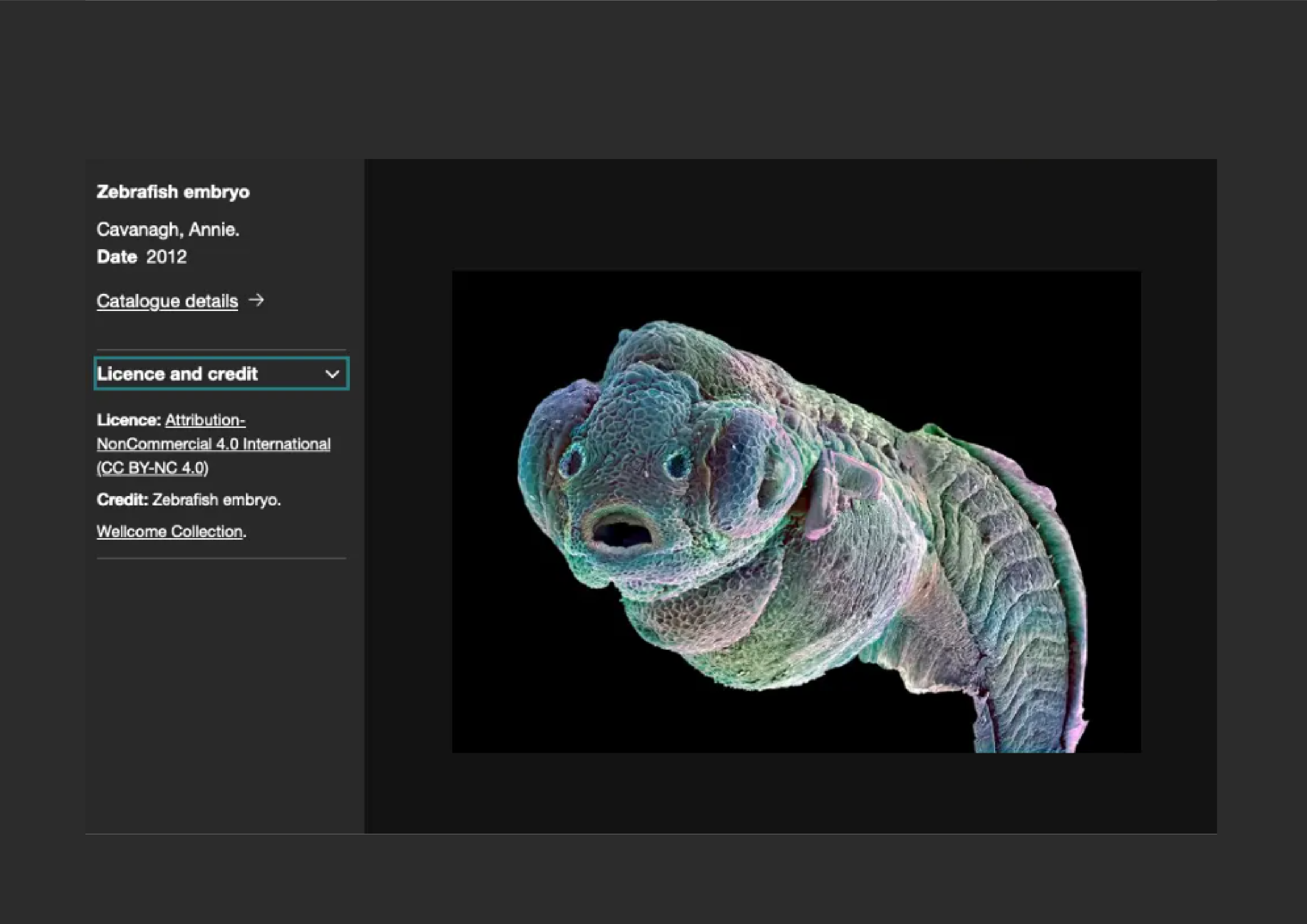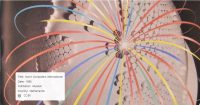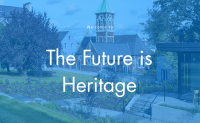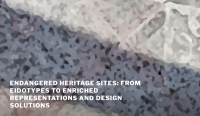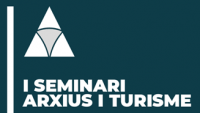Funded as a part of the 2016 Generic Services call, this new project BYZART, led by University of Bologna, aims to digitize, catalogue and make available rich archive collections about Byzantine cultural heritage in Europeana, the European digital library.
The project aims to make 75,000 new digital objects accessible online through Europeana Collections. During the project photos, video and audio content, as well as 3D surveys and reconstructions about Byzantine history and culture will be digitised. The content and accompanying narratives will capture users’ attention and provide them with a rich online experience. In addition, the digitised data will enhance Europeana’s artistic content by adding to the Byzantine art and archaeology material already available on the platform.
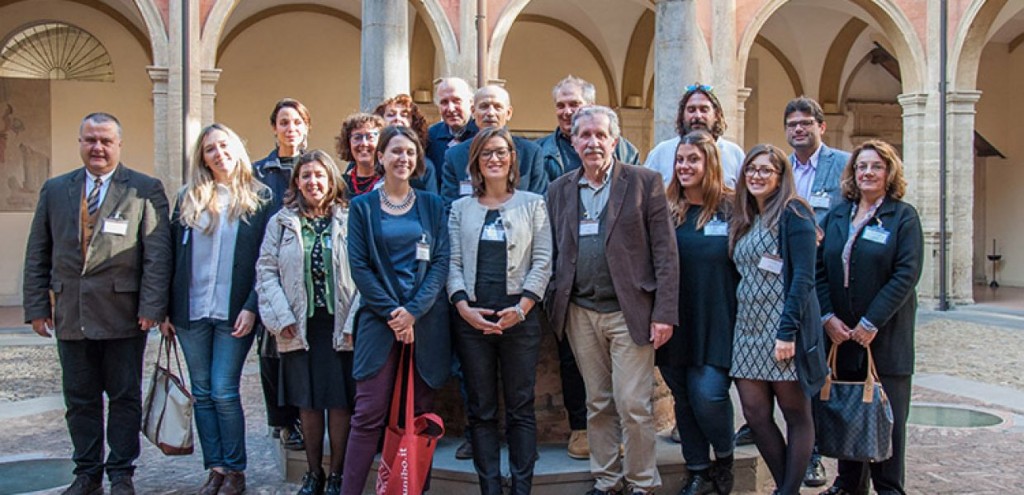
the project group at the kick.off meeting in Bologna
Byzantine culture is one of the milestones of European cultural heritage. For centuries, it spread all over the Mediterranean a homogeneous civilization despite regional diversities with strong influence over later European artistic and cultural expressions. Nevertheless, nowadays the wide heritage of the Byzantine art in Europe is undervalued, even if each Mediterranean region preserves remarkable memories and traces of its Byzantine past.
The BYZART project proposes to raise awareness about this impressive heritage, by showcasing collections of archive photographs, audio-visual materials and 3D reconstructions in Europeana Collections.
More info: https://pro.europeana.eu/post/byzantine-art-and-archaeology




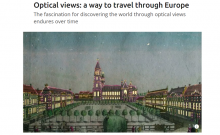

 If you have interesting news and events to point out in the field of digital cultural heritage, we are waiting for your contribution.
If you have interesting news and events to point out in the field of digital cultural heritage, we are waiting for your contribution.


